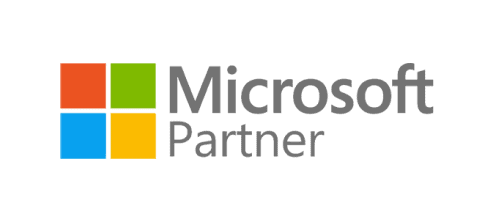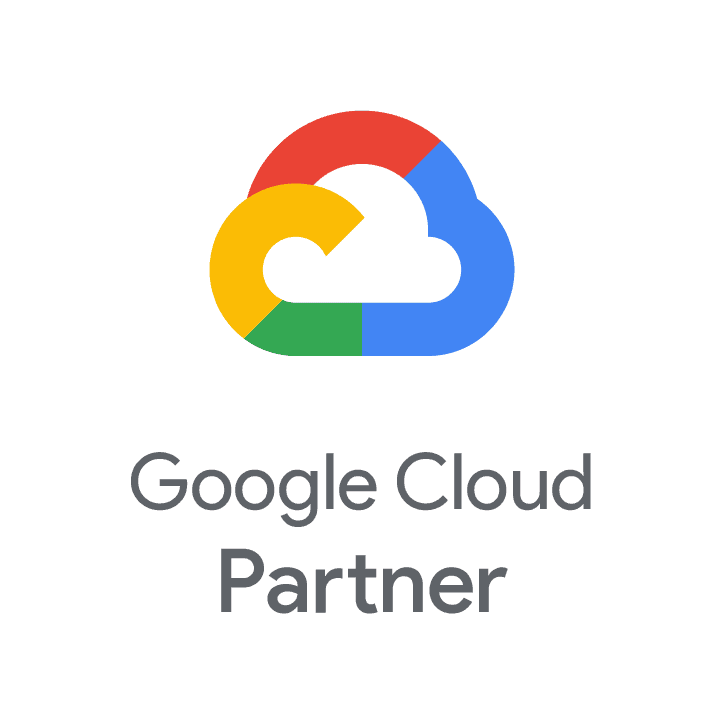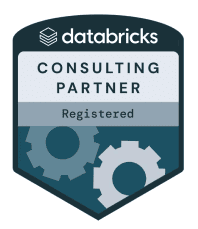Your Go-To Source for Tech, Strategy, and Scale
AI, AI Development, Experts Voice, Opinov8 Tips, User Experience
Experts Voice, Opinov8 Tips, User Experience, ux/ui
Experts Voice, Opinov8 Tips, User Experience, ux/ui
Experts Voice, User Experience, ux/ui
cx, News, Press, User Experience
Cover Stories, User Experience





